8 ways the coronavirus has forever changed the way consumers shop.

The global pandemic has brought about large-scale upheaval in virtually every aspect of our lives, and consumer shopping behaviors are not immune. Even after the virus has gone the way of the 1918 Spanish Flu, it will likely continue to leave a lasting mark on how people purchase goods and services. Take a few minutes to consider the numerous ways COVID-19 has revolutionized shopping.
It has pushed cash transactions further into the background.
Not so long ago, most people paid with a combination of bills and coins. Others laboriously wrote checks as queues of customers waited impatiently in line behind them. A relatively small minority used plastic in the form of credit cards to transact their business.
Even before the coronavirus burst on the scene in early 2020, cash was taking a nosedive in popularity. It was bulky, inconvenient, and insecure. Added to that, a customer could only spend as much money as they happened to have in their pocket. Contrast that with credit and debit cards, which promised faster transactions that were more secure, allowed for easier returns, gave customers the potential to buy as much as their credit limits would allow. Given these advantages, who could blame consumers for putting cash on the back burner?
Then along came COVID-19 with its emphasis on face coverings, sanitation, infection control, and social distancing. Fear of contracting the virus from contaminated surfaces ran high, leaving consumers wary of doing business with stores that did not accept credit cards or process mobile payments. Cash became even more infrequently used given concerns about the spread of the virus, and many people stopped visiting stores altogether.
An upsurge in the popularity of contactless payments.
Smartphones have become so powerful and multifunctional that they literally are pocket computers. So much more than mobile telephones, they act as electronic communications, navigation, and information hubs. In addition, they provide consumers of all technical abilities with easy, contactless, and safe ways to do their shopping.
The key lies in their built-in digital wallet features. In just a few minutes, users can input their credit card and other payment information into the wallet, where it will be encrypted for security and stored. Then when the time comes to make a purchase, the customer merely takes out their phone or contactless chip-enabled credit card, and waves it near the merchant’s specially equipped reader. Within seconds, verification of identity and authorization of payment take place. That’s much faster than the time required for a consumer to fumble for cash, or make the payment with a credit card. Receipts can then either be printed or emailed electronically. Best of all, the entire process can occur with no physical touch taking place between the customer and the merchant, or their employees or equipment.
An increase in online shopping.
Well before the global pandemic, consumers had already discovered the convenience of doing their shopping over the internet. Day or night, they could browse a global panorama of merchants and products to find exactly what they wanted. They could shop for bargains, troll for coupons and discount codes, even peruse social media for customer reviews and testimonials.
Once that was done, they could settle on their merchant of choice, make their purchase, and wait for their items to arrive at their doorstep days – and in some cases even mere hours – later. Merchants eager to accept credit cards online often offered free shipping and easy returns, further sweetening the online shopping pot. With the coming of the pandemic, the advantages of contactless shopping, delivery, and returns became even more compelling.
Get the best of both worlds with BOPIS.
Buying online and picking up the purchase in-store later that same day, abbreviated as BOPIS, has become quite a phenomenon in recent months. While COVID-19 was not responsible for bringing this perfect couple together, it certainly brought their relationship to new heights. With more and more retailers embracing the BOPIS model, consumers are increasingly experiencing the convenient and diverse shopping experience found online, combined with the immediate gratification of being able to get their hands on what they purchased right away. Many merchants are even offering the added safety and convenience of curbside pickup, in which a friendly member of the store’s staff even puts the goodies in a customer’s trunk.
Safer in-store shopping for customers.
In spite of the burgeoning popularity of online and BOPIS shopping, there is still a compelling need for brick-and-mortar stores. At these physical locations, customers can see and touch products, ask questions in real time to genuine salespeople who hopefully possess knowledge about the products they are selling, and make exchanges and returns with ease. However, none of these things will be possible for the majority of shoppers unless and until they feel safe returning to the store.
Merchants can inspire feelings of safety and well-being in their customers by taking transparent steps to ensure that their retail spaces are sanitized frequently. Physical distancing should also be made possible and reinforced with floor markings, plexiglass barriers between customers and counter staff, and facial covering policies. Some retailers may even opt to take staff and customer temperatures before allowing them into the building. In addition, hand sanitizer should be readily available for everyone’s use throughout the building.
Another step that sellers are instituting has to do with capacity limitations. Based on their square footage, merchants can consult with state and local officials to determine how many people can safely be within their location at any given time. To further accommodate customers, some stores are setting special hours during which shoppers at higher risk of contracting the virus can shop.
No matter how long it takes for the virus to fade into obscurity, it seems quite clear that the days of waiting in checkout lines in packed spaces are gone forever. Merchants are embracing this reality by making it easier than ever for tech-savvy buyers to pay. Self-checkout kiosks are gaining increased traction, since they allow for yet another way for people to make their purchases in-store as quickly and safely as possible.
Third-party shopping and delivery are thriving.
Services such as Uber Eats and Instacart were in existence before COVID-19, allowing a small but dedicated consumer base to pay someone to do their grocery shopping for them. The onset of the virus gave services like these their time in the sun. Consumers from all income brackets quickly came to rely on these third-party providers to bring everything to them, including food, medications, pet supplies, and even alcohol. While it is doubtful that all current customers will continue to pay premium prices for these benefits once concerns about the virus wane, many busy people will have grown accustomed to the convenience and will be more than willing to pay top dollar for it.
Before January of 2020, few of us would have believed that a microscopic virus would wreak such havoc. However, COVID-19 has turned virtually everything upside down and inside out. As disconcerting as these times may be, the silver lining is the innovation and resilience merchants in every sector are showing.
More from Business tips
 3-in-1 Reader | 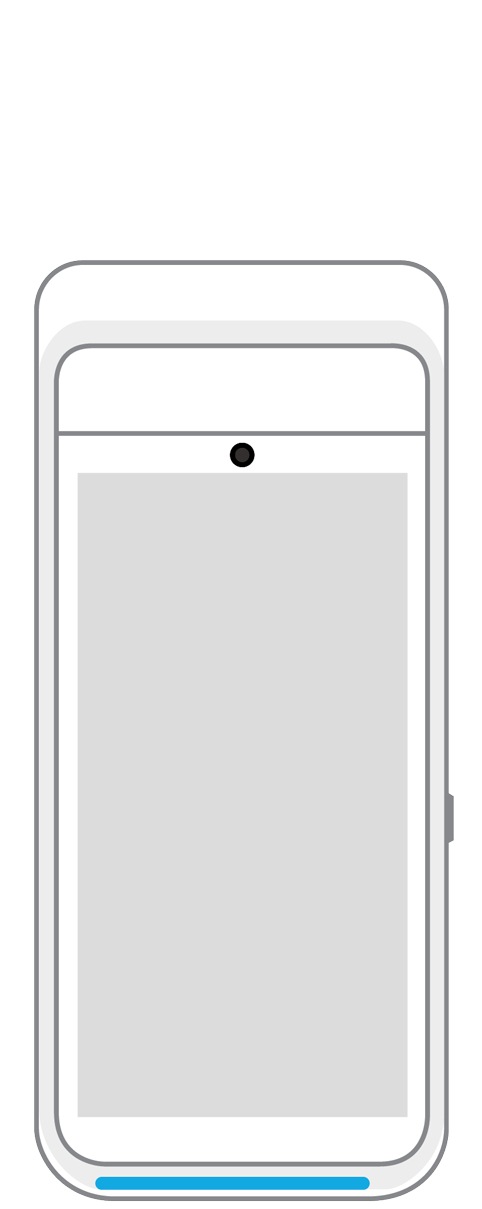 Terminal | 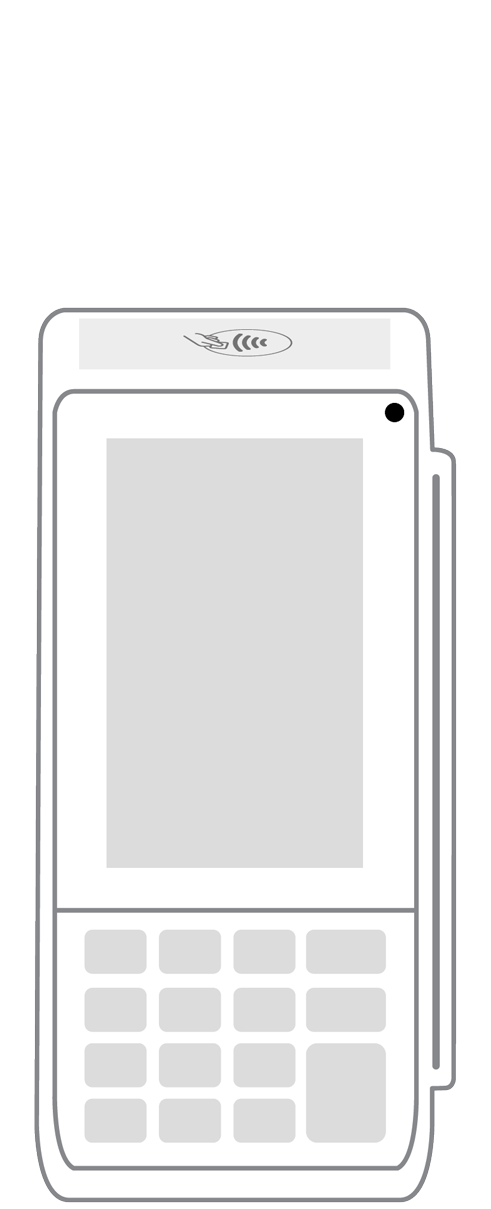 Keypad | 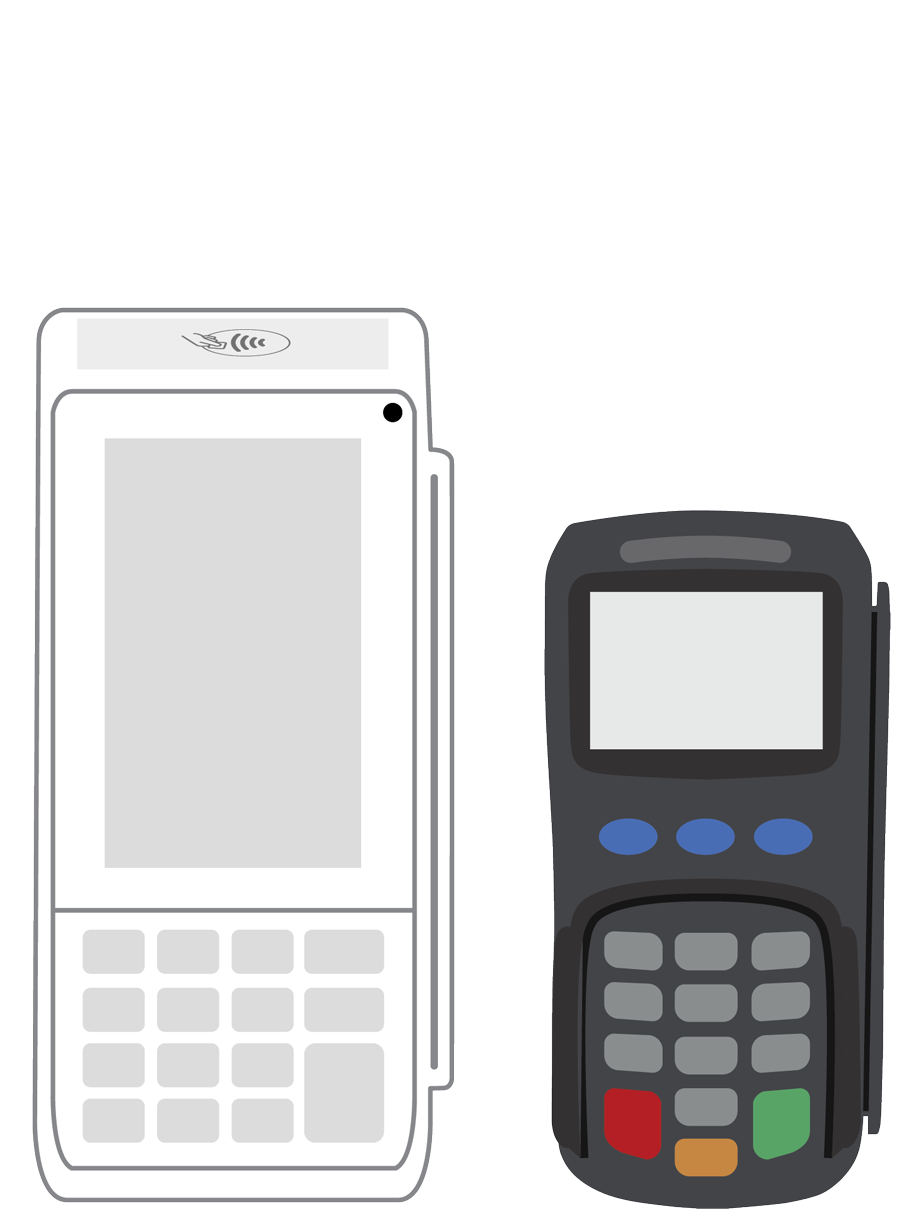 PINPad Pro | 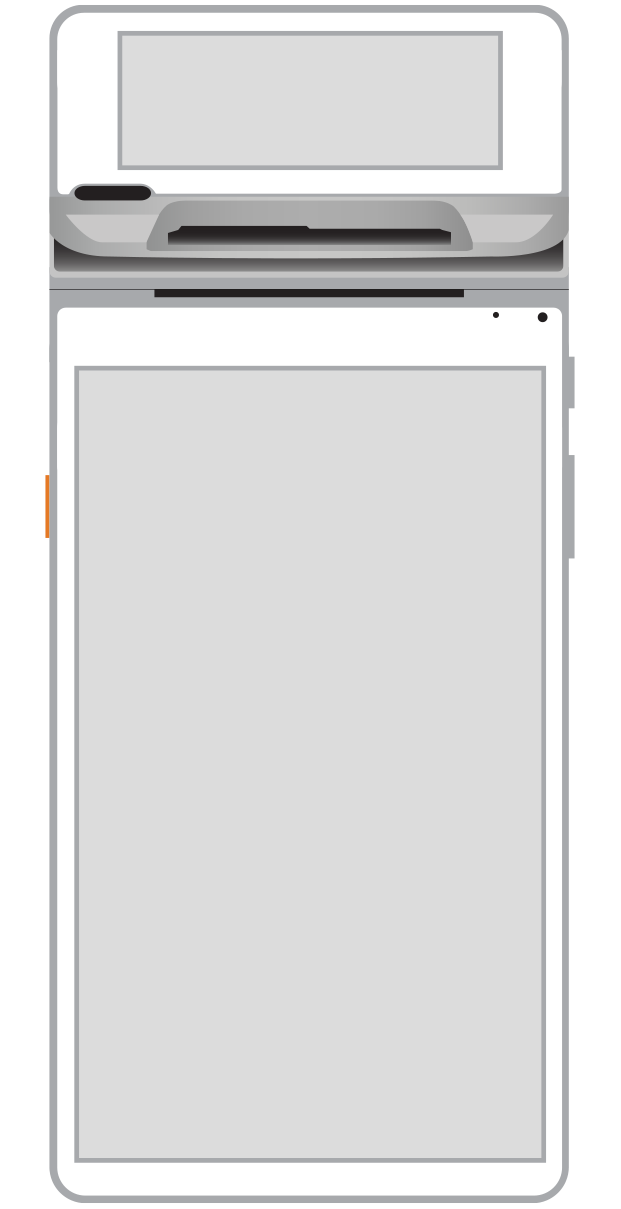 Flex | 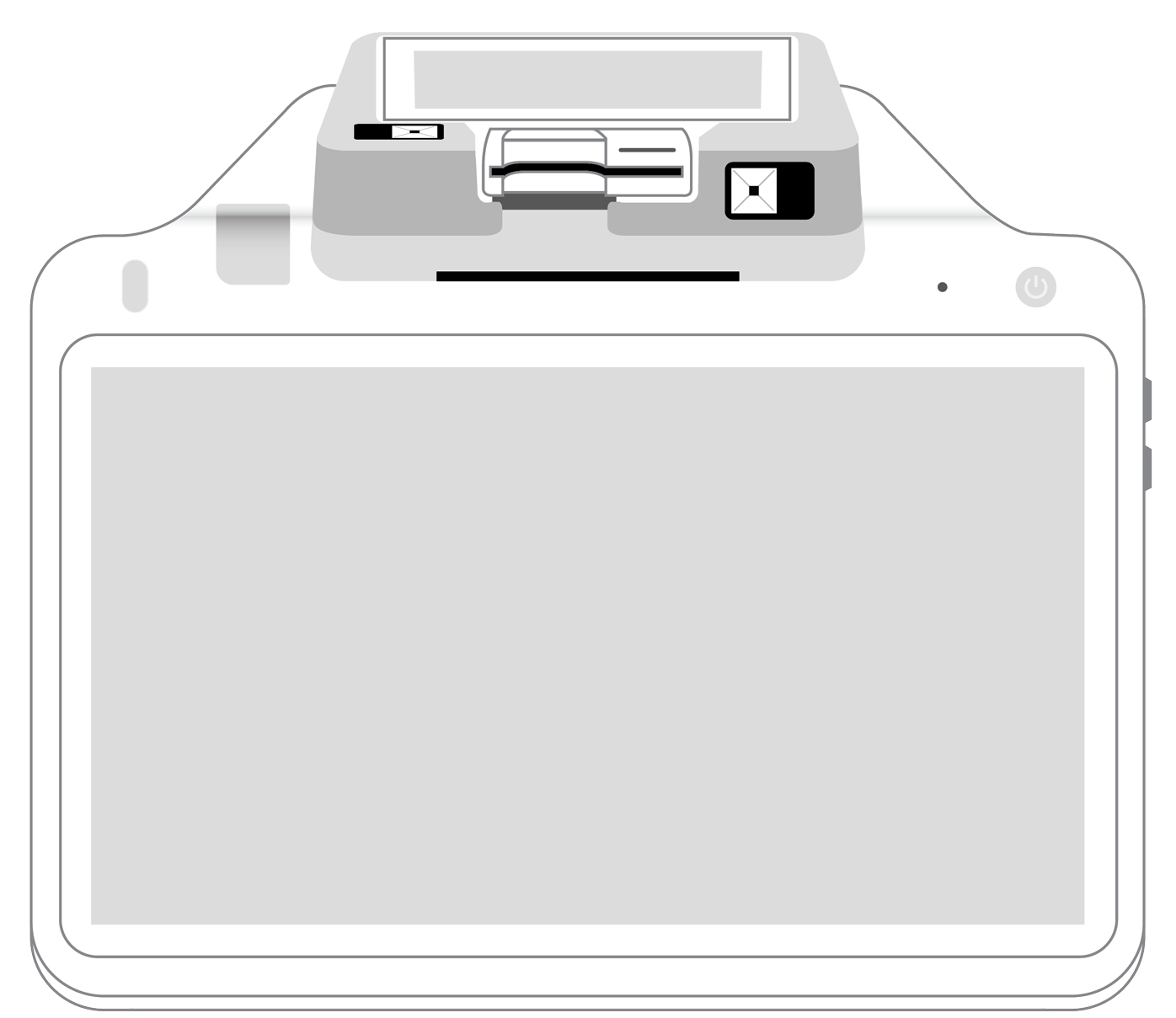 POS+ | |
|---|---|---|---|---|---|---|
Payment types | ||||||
EMV chip card payments (dip) | ||||||
Contactless payments (tap) | ||||||
Magstripe payments (swipe) | ||||||
PIN debit + EBT | ||||||
Device features | ||||||
Built-in barcode scanner | ||||||
Built-in receipt printer | ||||||
Customer-facing second screen | ||||||
External pinpad | ||||||
Wireless use | ||||||
Network | ||||||
Ethernet connectivity | With dock | |||||
Wifi connectivity | ||||||
4G connectivity | ||||||
Pricing | ||||||
Free Placement | ||||||